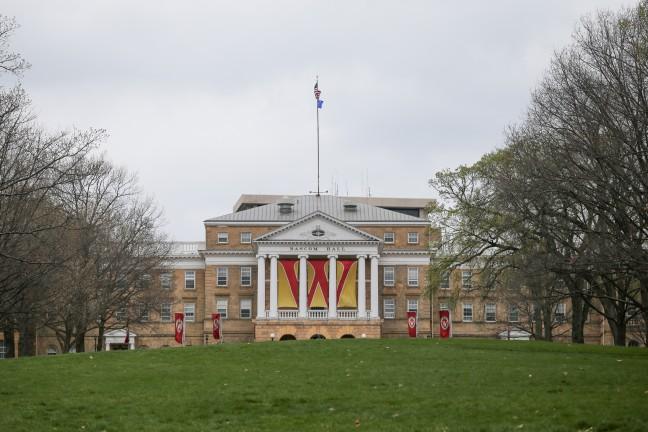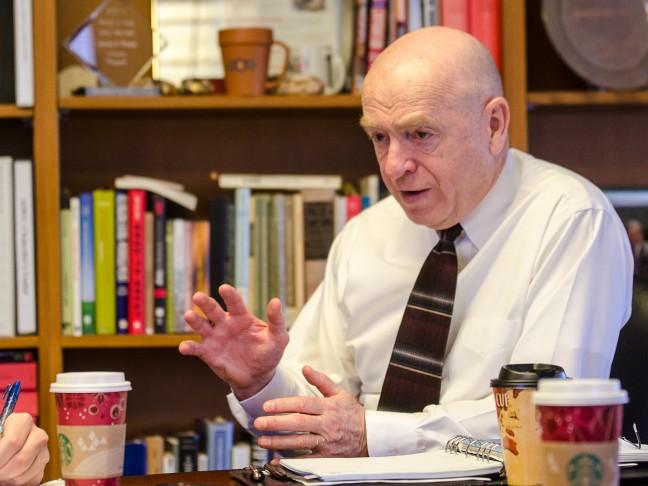Discussion turned to deliberation over acceptable percentages of allowable reserve funds Friday morning at the monthly meeting for University of Wisconsin System officials.
Although expected to approve a plan to ensure financial transparency after information of reserve funds became public this spring, the UW System Board of Regents did not approve the proposed plan, but decided to continue the discussion at their October meeting.
After passing a resolution to deplete the system-wide reserve fund from $152 million to $36 million to cover one-time costs, such as the UW Flexible Option program and others, the board debated the percentage of unrestricted funds that could be held by each institution, proposed at 10 and 15 percent.
Of the eight funding categories described in the proposal, the four categories encompassing unrestricted funds include tuition, auxiliary operations, general operations and other unrestricted program revenue.
The percentages serve as thresholds for what amount of reserve funds can be held to ensure the financial health of each institution, David Miller, senior vice president of the UW System, said.
The proposal would set a minimum percentage of reserve funds at a 10 percent minimum cash carryover requirement, adding that funds accumulated more than 15 percent of their unrestricted funds as a cash carryover will have to be justified by each institution’s officials to the board.
All requests to keep funds above 15 percent would also include a timeline for the use of additional unrestricted funds, according to the proposal.
“If we thought the 15 percent was a cap, we would say this is unacceptable,” UW-Madison Chancellor Rebecca Blank said of the proposed percentages. “What I want to make clear is that we are almost surely coming back to you with those justifications and hope you take them seriously for business related reasons.”
Miller said allowing each institution to come forward and explain the purpose and timeline of using the funds above 15 percent will lead to a more transparent and public understanding and discussion of fund usage.
Many regents expressed their fears about the proposed percentages, saying 15 percent is too low to ensure financial health of each campus.
Regent David Walsh said he was impressed a number could be decided so quickly, but a 15 percent guideline was too low for him to agree to the proposal.
“I’m a little astounded we could come up with a number,” Walsh said. “We have to be careful here and I hope we don’t leave the impression that we know what we are doing in establishing a number.”
While Walsh and other regents were concerned with the proposed 15 percent threshold, Miller said his team have worked with private accounting firms, the Educational Advisory Board and used inspiration from other universities.
Miller said the percentages used at other universities, such as University of California at Davis, are also 10 to 15 percent, but also run as low as 2 to 3 percent.
“In drafting this policy, there’s not a model to use around the country,” Miller said. “We are breaking some new ground here, there’s not a model here you can point to.”
The proposal comes with a January 1, 2014 deadline set by the state Legislature.















